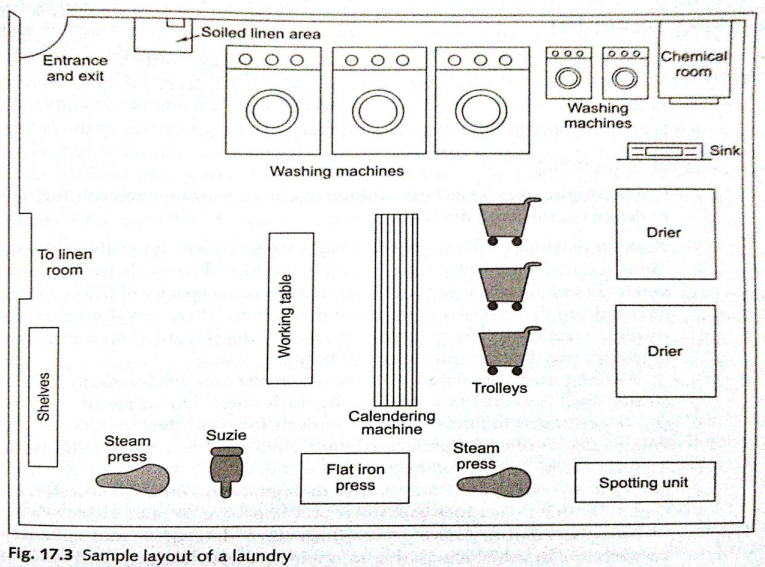Operators in Java - is a symbol that is used to perform operations. For example: +, -, *, / etc.
There are many types of operators in Java which are given below:
Unary Operator,
Arithmetic Operator,
Shift Operator,
Relational Operator,
Bitwise Operator,
Logical Operator,
Ternary Operator and
Assignment Operator.
Java Operator Precedence
Operator Type Category Precedence
Unary postfix expr++ expr--
prefix ++expr --expr +expr -expr ~ !
Arithmetic multiplicative * / %
additive + -
Shift shift << >> >>>
Relational comparison < > <= >= instanceof
equality == !=
Bitwise bitwise AND &
bitwise exclusive OR ^
bitwise inclusive OR |
Logical logical AND &&
logical OR ||
Ternary ternary ? :
Assignment assignment = += -= *= /= %= &= ^= |= <<= >>= >>>=
Java Unary Operator
The Java unary operators require only one operand. Unary operators are used to perform various operations i.e.:
incrementing/decrementing a value by one
negating an expression
inverting the value of a boolean
Java Unary Operator Example: ++ and --
public class OperatorExample{
public static void main(String args[]){
int x=10;
System.out.println(x++);//10 (11)
System.out.println(++x);//12
System.out.println(x--);//12 (11)
System.out.println(--x);//10
}}
Java Unary Operator Example 2: ++ and --
public class OperatorExample{
public static void main(String args[]){
int a=10;
int b=10;
System.out.println(a++ + ++a);//10+12=22
System.out.println(b++ + b++);//10+11=21
}}
Java Unary Operator Example: ~ and !
public class OperatorExample{
public static void main(String args[]){
int a=10;
int b=-10;
boolean c=true;
boolean d=false;
System.out.println(~a);//-11 (minus of total positive value which starts from 0)
System.out.println(~b);//9 (positive of total minus, positive starts from 0)
System.out.println(!c);//false (opposite of boolean value)
System.out.println(!d);//true
}}
Java Arithmetic Operators
Java arithmetic operators are used to perform addition, subtraction, multiplication, and division. They act as basic mathematical operations.
Java Arithmetic Operator Example
public class OperatorExample{
public static void main(String args[]){
int a=10;
int b=5;
System.out.println(a+b);//15
System.out.println(a-b);//5
System.out.println(a*b);//50
System.out.println(a/b);//2
System.out.println(a%b);//0
}}
Java Arithmetic Operator Example: Expression
public class OperatorExample{
public static void main(String args[]){
System.out.println(10*10/5+3-1*4/2); //21
}}
Java Left Shift Operator
The Java left shift operator << is used to shift all of the bits in a value to the left side of a specified number of times.
Java Left Shift Operator Example
public class OperatorExample{
public static void main(String args[]){
System.out.println(10<<2);//10*2^2=10*4=40
System.out.println(10<<3);//10*2^3=10*8=80
System.out.println(20<<2);//20*2^2=20*4=80
System.out.println(15<<4);//15*2^4=15*16=240
}}
Java Right Shift Operator
The Java right shift operator >> is used to move the value of the left operand to right by the number of bits specified by the right operand.
Java Right Shift Operator Example
public OperatorExample{
public static void main(String args[]){
System.out.println(10>>2);//10/2^2=10/4=2 //2
System.out.println(20>>2);//20/2^2=20/4=5 //5
System.out.println(20>>3);//20/2^3=20/8=2 //2
}}
Java Shift Operator Example: >> vs >>>
public class OperatorExample{
public static void main(String args[]){
//For positive number, >> and >>> works same
System.out.println(20>>2); //5
System.out.println(20>>>2); //5
//For negative number, >>> changes parity bit (MSB) to 0
System.out.println(-20>>2); //-5
System.out.println(-20>>>2); // 1073741819
}}
Java AND Operator Example: Logical && and Bitwise &
The logical && operator doesn't check the second condition if the first condition is false. It checks the second condition only if the first one is true.
The bitwise & operator always checks both conditions whether first condition is true or false.
public class OperatorExample{
public static void main(String args[]){
int a=10;
int b=5;
int c=20;
System.out.println(a
System.out.println(a
}}
Java AND Operator Example: Logical && vs Bitwise &
public class OperatorExample{
public static void main(String args[]){
int a=10;
int b=5;
int c=20;
System.out.println(a
System.out.println(a);//10 because second condition is not checked //10
System.out.println(a
System.out.println(a);//11 because second condition is checked //11
}}
Java OR Operator Example: Logical || and Bitwise |
The logical || operator doesn't check the second condition if the first condition is true. It checks the second condition only if the first one is false.
The bitwise | operator always checks both conditions whether first condition is true or false.
public class OperatorExample{
public static void main(String args[]){
int a=10;
int b=5;
int c=20;
System.out.println(a>b||a
System.out.println(a>b|a
//|| vs |
System.out.println(a>b||a++
System.out.println(a);//10 because second condition is not checked //10
System.out.println(a>b|a++
System.out.println(a);//11 because second condition is checked //11
}}
Java Ternary Operator
Java Ternary operator is used as one line replacement for if-then-else statements and is used a lot in Java programming. It is the only conditional operator which takes
three operands.
Java Ternary Operator Example
public class OperatorExample{
public static void main(String args[]){
int a=2;
int b=5;
int min=(a
System.out.println(min); //2
}}
Java Assignment Operator
Java assignment operator is one of the most common operators. It is used to assign the value on its right to the operand on its left.
Java Assignment Operator Example
public class OperatorExample{
public static void main(String args[]){
int a=10;
int b=20;
a+=4;//a=a+4 (a=10+4)
b-=4;//b=b-4 (b=20-4)
System.out.println(a); //14
System.out.println(b); //16
}}
Java Assignment Operator Example
public class OperatorExample{
public static void main(String[] args){
int a=10;
a+=3;//10+3
System.out.println(a); //13
a-=4;//13-4
System.out.println(a); //9
a*=2;//9*2
System.out.println(a); //18
a/=2;//18/2
System.out.println(a); //9
}}
Java Assignment Operator Example: Adding short
public class OperatorExample{
public static void main(String args[]){
short a=10;
short b=10;
//a+=b;//a=a+b internally so fine
a=a+b;//Compile time error because 10+10=20 now int
System.out.println(a); // compile time error
}}
After type cast:
public class OperatorExample{
public static void main(String args[]){
short a=10;
short b=10;
a=(short)(a+b);//20 which is int now converted to short
System.out.println(a); // 20
}}















